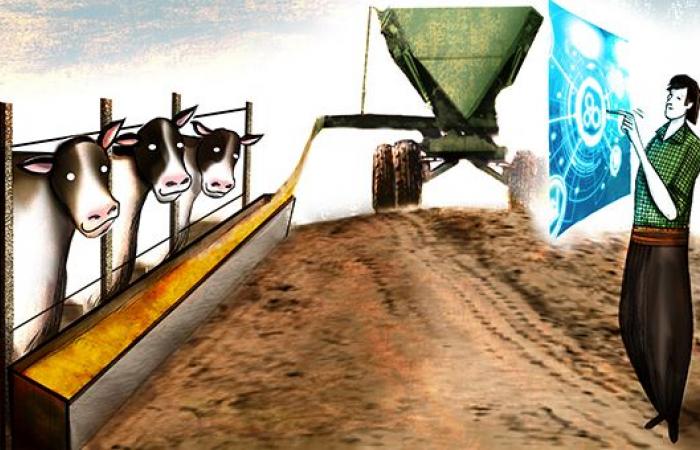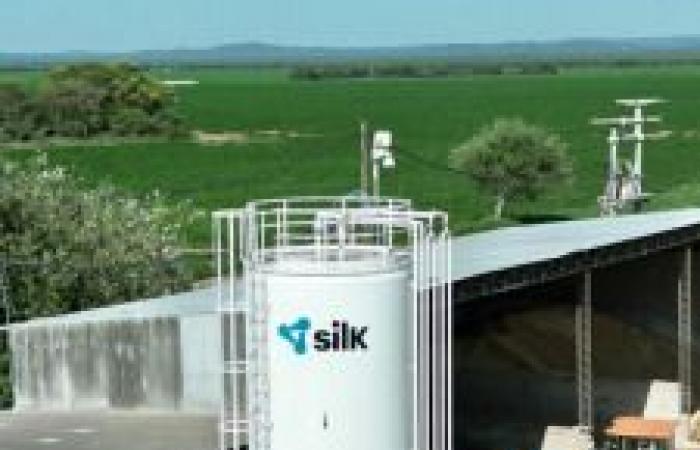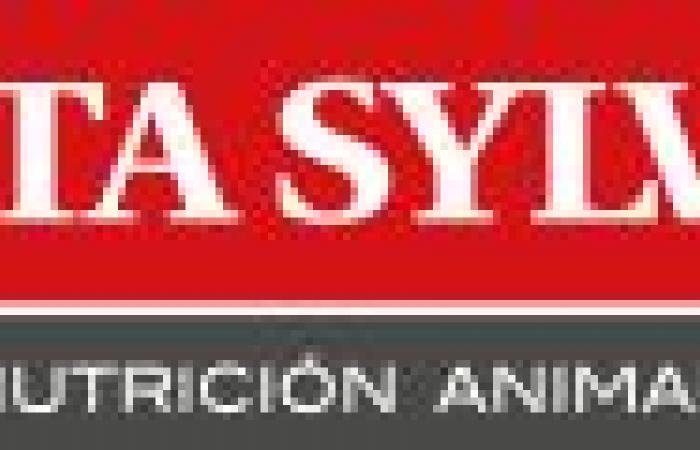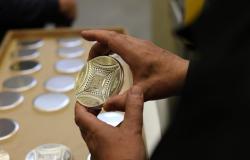In a business where food represents most of the production cost, a crucial problem is systematizing food preparation. Three businessmen, the producer Marcos Castaldi, who fattens 2,000 heads of his own, and the hoteliers Ignacio Calderón from “El 29” and Diego Nicola from “Las Chilcas”, who serve more than 20,000 heads, are some of the 14 feedloteros who have already adopted the ‘Silk System’ to automate the operation. Today they share their experiences in Meat Value: will it be a “star” technology for intensive livestock farming?
“From feedlot to industry”
Diego Nicola.
“In our business, systematization is key because clients have become very professional,” said the MV Diego Nicola, manager of “Las Chilcas”, north of Córdoba, which with an installed capacity of 21 thousand heads makes hotels for exporting meat processing plants.
He added: “We adopted Silk a year and a half ago because we had a bottleneck in loading the premix. The system helped us be efficient in product control and food court operations. “It became a feedlot with controlled processes.”
This technology, developed by the companies Teknal and Porta Hnos, is based on a liquid premix and the digitalization of product logistics and dosage. “Before we used a very good quality premix, but it was flour and handling was cumbersome. The operator had to get off the tractor, calculate the kilos to include, weigh them; load them on the shovel, then on the fixed mixers and finally on the truck to be distributed. All of that was time that was wasted,” Nicola recalled.
With this dynamic, the establishment had identified an error of 6-7% in the loading of the product due to human errors and lack of precision of the mixer scale. “Although the premix is included in low doses, it is the most expensive ingredient in the diet,” he warned.
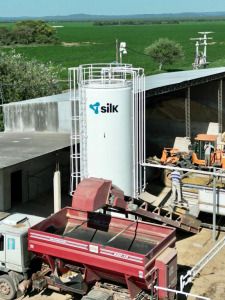
The Silk System in Las Chilcas.
Now, after reading feeders three times a day, the prescription is sent to the food court and the ‘mixer’ receives it on a tablet. “The order tells him, for example, that he has to load 1,000 kg of corn and 250 liters of premix. Then, when he finishes with the grain, the system turns on the flow meter and pours those liters into the mixer exactly. Everything is automatic,” he explained.
For Nicola, another advantage is that, by operating with a complete liquid premix – with micro and macronutrients, and monensin – the corn is wetted and the product is better distributed within the ration. “We know that the entire troop receives the same thing in every bite and that supports us with customers,” he concluded.
“Stock under control”
Another hotelier who found a solution in Silk is Agr. Eng. Ignacio Calderonin charge of the “El 29” feedlot, south of Córdoba.

“The challenge with the premix in flour was that we had to be controlling how much went in, how much was fed and how much was left. This occurs with all inputs, but is more problematic in higher value ones. A loss of 10 kilos in a load of corn is not the same as in a load of corn,” she said.
“El 29” has a capacity for 23,000 animals and is full 365 days a year, which added to operational difficulties. “To feed, we used 6,000 kilos of premix per day, we couldn’t do it in a bag because it was extremely slow, we had to handle it in bulk. But in a silo or a warehouse you had to rely on imprecise measuring tools,” he recalled. And he continued: “Then, it had to be dosed with a chimango and weighed on the mixer scale, which has a margin of error of no less than 5%.”
Specifically, the lack of exact control of premix consumption generated uncertainty in a business of very finite numbers. “If we overestimated costs, we could be out of competition and if we underestimated them, work was done without recovering the margin,” he warned.
Thus, the adoption of Silk revolutionized the establishment’s operations. “First of all, we started using a complete liquid premix, a colloidal suspension that always remains stable. With this we can store it in tanks and move it through pipes and propellant pumps. And use a flow dispenser, which is much more precise than a scale,” said Calderón, emphasizing that in this way the stock error, which previously reached up to 10%, was minimized to 1%.

When did you start Silk? “Four years ago, first with one tank and then we incorporated another, which allows us to work with two different formulations to serve animals with different needs. For example, we can include virginiamycin and urea, which have a high cost and must be supplied in very small and fair quantities,” he commented.
Finally, Calderón referred to the adoption of this turnkey technology. “We bought the entire package, they gave us facilities and Teknal monitors and replaces the product. At the business level, the most important change is that today we know what we are using and what our costs are to assemble the food,” he highlighted.
“Efficiency on a small scale”

Marcos Castaldi.
Marcos Castaldi count with one mixed family camp south of Córdoba and is in front of the feedlots for 2,000 head. “We buy wintering in the Salado Basin from fixed suppliers and we sell directly to boutique butcher shops in Río Cuarto, where quality is demanded. We make heifers of 310-320 kg and steers of 370-380 kg and they pay us a premium for having our merchandise on their shelves,” he said.
¿How did you get interested in SILK? “We started with the feedlot in 2012, I really like the activity, but there came a time when the premixes in bags had tired me out, we wasted a lot of time,” he responded, adding that also when they did the inventory closures they did not match the amount of input used.

“We are talking about a nucleus that is used to balance the diet, that is, it is important in the performance of the farm, which is the differential of our business,” he indicated.
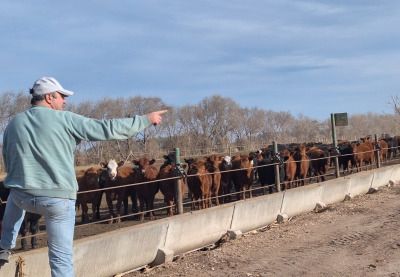
Consumption farm in the Castaldi feedlot.
At that time, “the people from Teknal told us: ‘this system exists, it is ambitious for the number of animals you have, but you gain efficiency.’ In any case, they gave us facilities and it ended up being accessible,” he revealed.
Castaldi recapped that they had analyzed the possibility of bringing the feed in bulk, but they needed to invest in a warehouse to unload the feed. “The costs of Silk were higher, but we understood that it was something precise, that it works by pressing a button from a cell phone and that an exact dose always falls,” he detailed.
“Yes, it was ambitious, but we say go directly to those that give us the security of achieving homogeneous rations and that, in turn, we can easily control,” the producer stressed, referring to the fact that the system shows in real time how much stock they start with. the day and how much they end it with.

Finally, Castaldi highlighted that he was one of the first to adopt the technology.. “We incorporated Silk six years ago. Obviously, on a larger scale, it is more economical, but I said: ‘let’s take it forward’, from the start. Today we know that efficiency is important for any size of feedlot, it helps us standardize the quality of the meat,” he concluded.
By Ing. Agr. Liliana Rosenstein, Editor of Meat Value
To know what the SILK system is and how it works, we recommend reading the following note. Meat Value.


